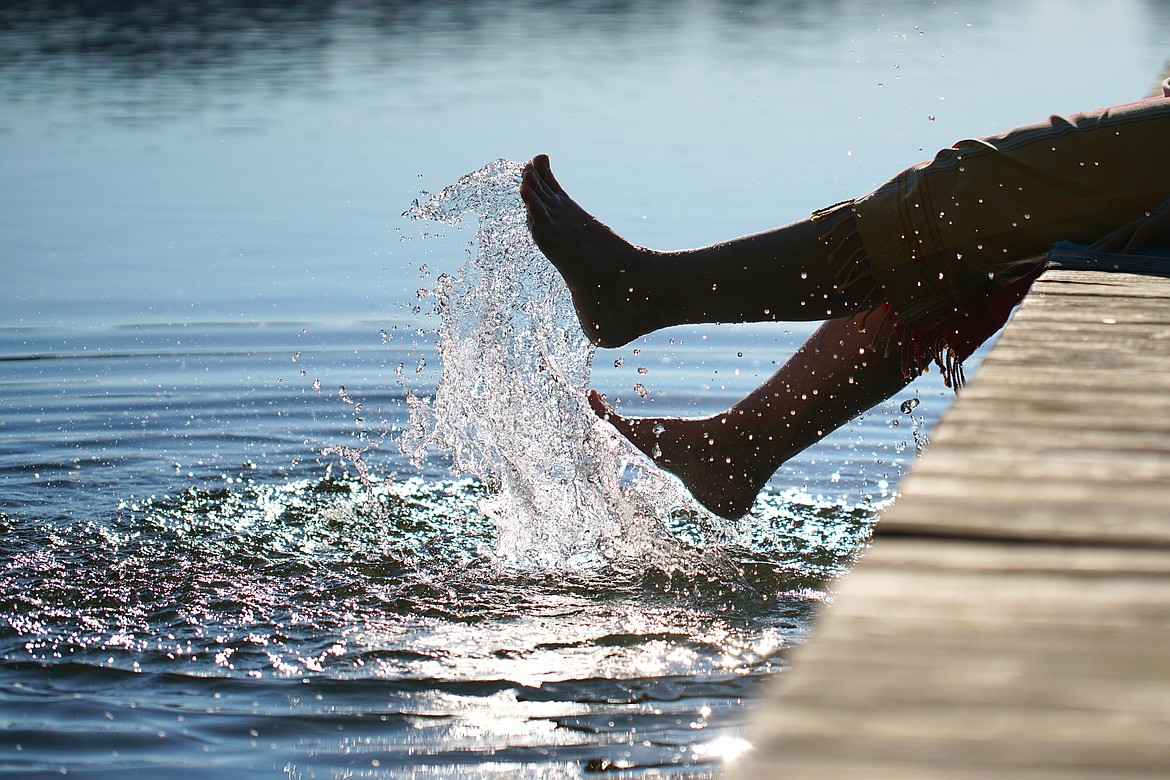Deep Dive into FLBS: Flathead’s Future is a Terrible Thing to Waste
We’ve been meeting here in the pages of the Bigfork Eagle for a while now, and it’s because of our connection diving head first into the science and stories of our watershed that I feel safe enough to confess something that I’ve never told anyone before: When I was growing up, a magic and invisible gremlin named Wasserbone Phishus lived under my family’s kitchen sink.
Now I know what you’re thinking, so let’s see if I can head off some of your more obvious questions:
Q...
Become a Subscriber!
You have read all of your free articles this month. Select a plan below to start your subscription today.
Already a subscriber? Login




